Eastern Gamagrass
$60.00 /lbs. (pounds)
Tall, bunch, warm season perennial grass with very coarse leaves. A native, warm-season grass. Provides good forage for livestock and wildlife.
2 in stock
Tall, bunch, warm season perennial grass with very coarse leaves. A native, warm-season grass. Provides good forage for livestock and wildlife. Responds well to fertilizations. Occurs mostly in low moisture sites with little disturbed soils.
Alternate Names: Common Alternate Names: bullgrass, capim gigante, eastern mock gama, fakahatchee grass, Gamagrass, herbe grama, maicillo oriental, pasto Guatemala, wild corn, zacate maicero
Uses: Eastern gamagrass is primarily used as livestock forage. It is extremely palatable to all classes of livestock, and will decrease due to selective grazing if not managed correctly. It may also be cut for hay or used as silage. It is important to allow proper recovery time between grazing or cutting events to maintain stand health and longevity. Eastern gamagrass is also important in conservations plantings and can be used to improve wildlife habitat, as filter strips to remove excess nutrients from agricultural areas, and in prairie restoration plantings.
Eastern gamagrass should not be cut or grazed below 8 inches. Cutting or grazing too low will reduce stand vigor and health; eventually leading to stand loss. Stands require at least 28 days of recovery time between cutting and/or grazing events. 45 days of recovery is optimal and all cutting or grazing should be stopped within 45 days of the first killing frost.
| Grow Height |
Cold Tolerance |
Minimum Rainfall |
Planting Rate Acre |
| 4-8′ | Low | 30″ | 8-10 lb. |
| Weight | 1 lbs |
|---|
Be the first to review “Eastern Gamagrass” Cancel reply
You must be logged in to post a review.
Related products
Coarse perennial bunch grass with numerous erect, firm, tough stems. Alkali grows in the plains states west on dry sandy or gravelly slopes and along saline or alkaline flats.
Generally described as a perennial graminoid. Is native to the Southwest with a long life span and moderate growth rate.
Native, cool season perennial. Prefers moist soils, high soil fertility, heavier soil textures, and it is shade tolerant. It can be found scattered on shaded banks, along fencerows and in open woodlands.
Typically occurs in upland sites on sandy soils in open pastures, borders of woods, and cut woodland pastures. Appearance is similar to Little Bluestem but with split seed head (inflorescence).
Bunchgrass with erect tufted culms. It is 35 to 75 inches tall. Leaf blades are flat, often less than 1/2 inch wide and 10 to 27 inches long, lax, smooth, and glossy green.
Native winter grass, good forage, primarily because it is green and succulent during the winter when most other native grasses are dormant.
Native, cool season perennial that is short lived. Found on sandy shores and dunes; wooded areas, especially along trails, rivers and streams; and other disturbed sites throughout much of North America.
Annual native plant found in all soils in Southern Texas. This grass is reported to produce good forage for livestock, and produces seed commonly consumed by doves and quail.



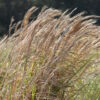

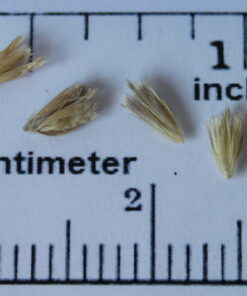

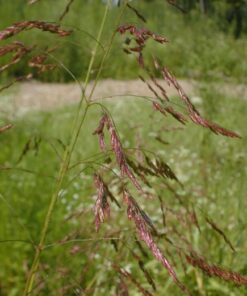
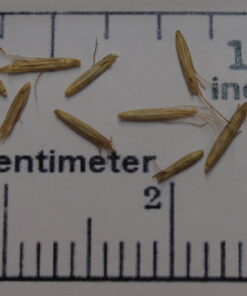
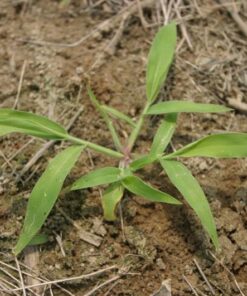
Reviews
There are no reviews yet.